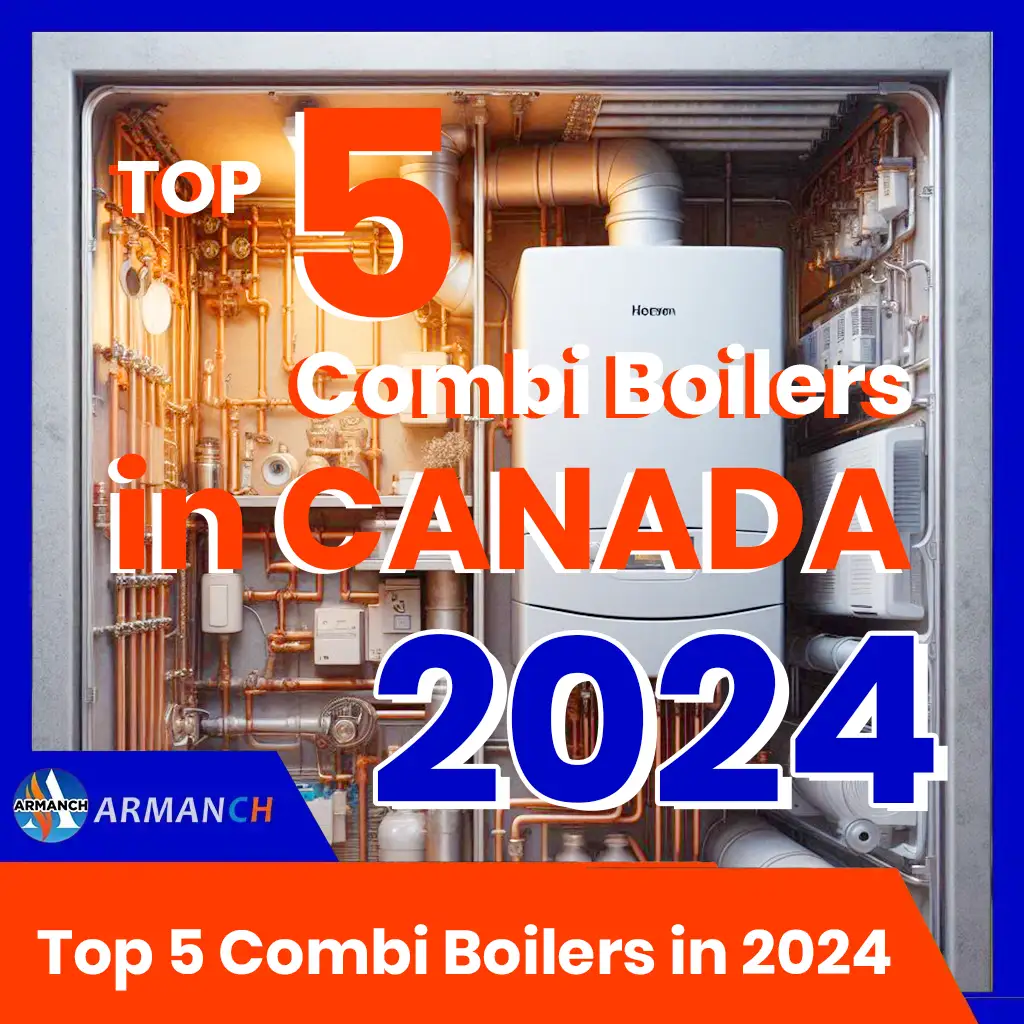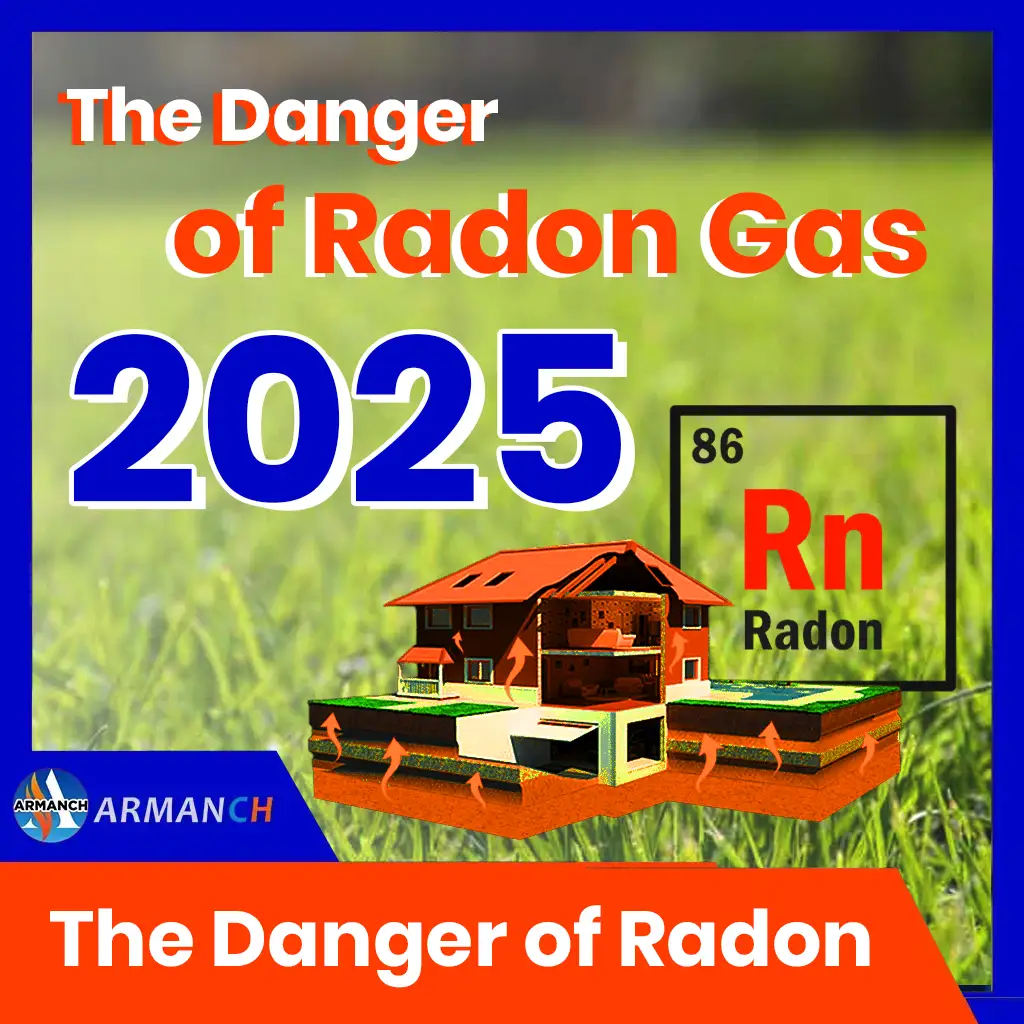
Essential Guide to Air Conditioning Systems
Comprehensive information about AC Systems
Conditioning air means simultaneously controlling temperature, humidity, and cleanliness to make a living and working space comfortable. Various air conditioning ( AC Systems ) mechanisms exist today, from the simple split system to the most complex central air conditioning systems.
The main aim of air conditioning is to create thermal comfort and obtain quality fresh indoor air.
In this era living in a single-family house and or apartment without air conditioning is unthinkable. Because deforestation and greenhouse effects have altered the weather conditions extensively, creating a better working zone and living room installation of HVACR is mandatory.
HVAC-R is a general term, and it includes several thermodynamic cycles and functions such as heating, ventilation, cooling, refrigeration, humidification, and dehumidification.
HVAC-R is an abbreviation for heating, ventilation, and air conditioning. An HVACR system can offer all three of these in a single installation.
This system controls and distributes heated and cooled air across residential and commercial buildings. HVAC-R systems are in various places, including single-family houses, workplaces, and indoor stadiums.
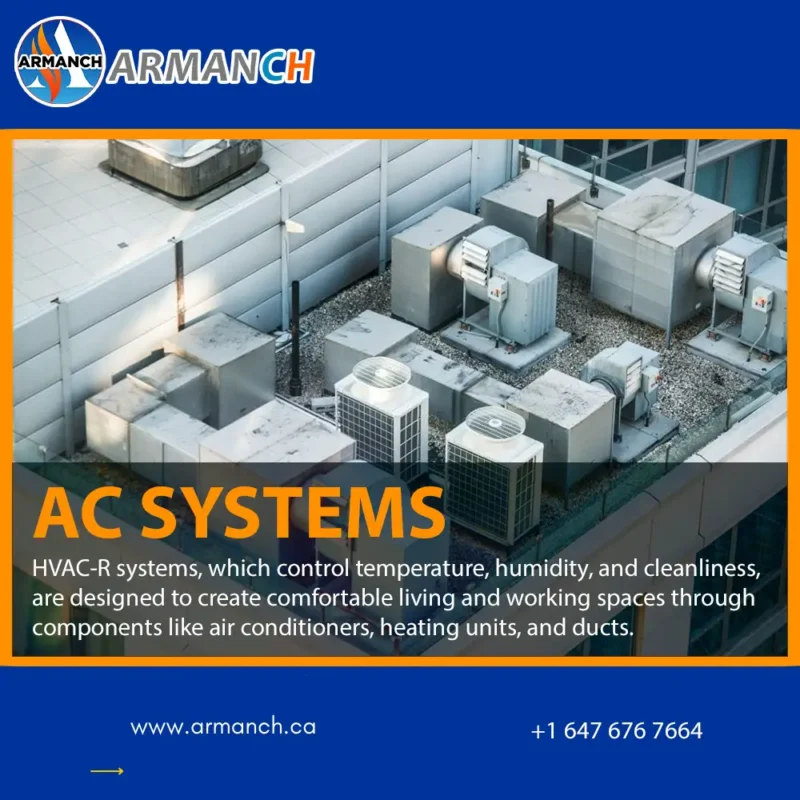
More about HVAC-R systems?
This system controls and distributes heated and cooled air across residential and commercial buildings. HVAC-R systems are in various places, including single-family houses, workplaces, and indoor stadiums.
These systems, becoming more common in new buildings, utilize outside air to offer superior interior air quality. An HVAC-R system is simple enough.
This system enhances internal air quality by eliminating moisture, smoke, odors, heat, dust, bacteria, carbon monoxide, and other contaminants, in addition to controlling temperature and replenishing oxygen.
Although there are a variety of HVAC-R systems to choose from, they all work similarly, and they bring in outside air and then use a ventilation system to heat or cool it to the appropriate temperature.
How does an HVAC-R system work?
The three primary tasks of an HVAC-R system are inextricably linked, particularly when it comes to delivering appropriate indoor air quality and thermal efficiency. It is essential to understand that HVAC equipment is responsible for air movement. They heat or cool an interior room effectively.
There are several components to your HVAC-R system; here, we examine each subsystem and discuss its equipment and associated procedures.
It is essential to remember that a central air HVAC-R system is a live, breathing system that performs its tasks as a cohesive unit. The heating and cooling systems are not entirely separated; instead, many components and procedures essential to the effective operation of both systems are shared.
Air conditioning unit – This device gets its power from electricity and contains a refrigerant to chill the air. A fan inside an air conditioning unit sucks in outside air and directs it over the evaporator coils to cool the air. These refrigerant-filled coils remove heat from the air, therefore chilling it. The air next enters the air handler, where distributed to the ducts via a blower. The flue evacuates any poisonous gasses created during the process as the cold air flows through the ducts. Typically, air conditioning units are positioned outside the house.
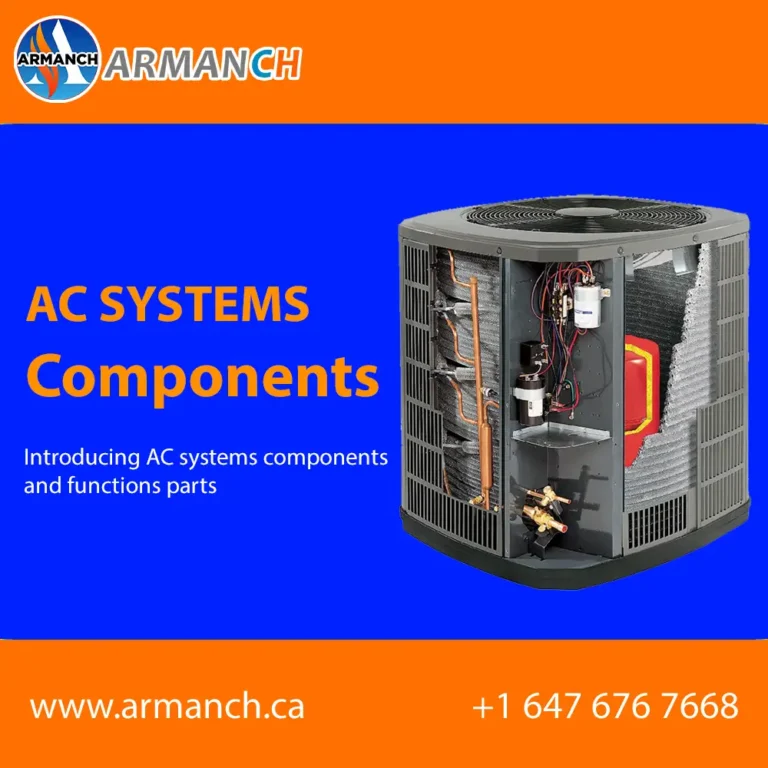
Heat pump
Heat pumps function similarly to central air conditioners and are based on the same principle that heat is always drawn to cold. It works by absorbing and transferring heat from the outside unit to the inside. The refrigerant absorbs heat and transfers it outside the building, cooling the air.
A heat pump generates warm air by drawing frigid outside air over much colder refrigerant. The heat is subsequently absorbed into the refrigerant, heating the coils. After passing through those heated coils and reaching the correct temperature, the air is then blown into the house.

Coils
Typically, another component of the outdoor unit, coils chill the air passing through them with the assistance of refrigerant. Filter – The second component of the air return is the filter, where the air is drawn in and filtered. To maintain your system in peak condition, you need routinely change the filters.
Ducts
The ducts are the mechanism for transporting hot and cold air throughout the house. Ductwork is frequently placed above the ceiling and behind the walls in modern buildings.
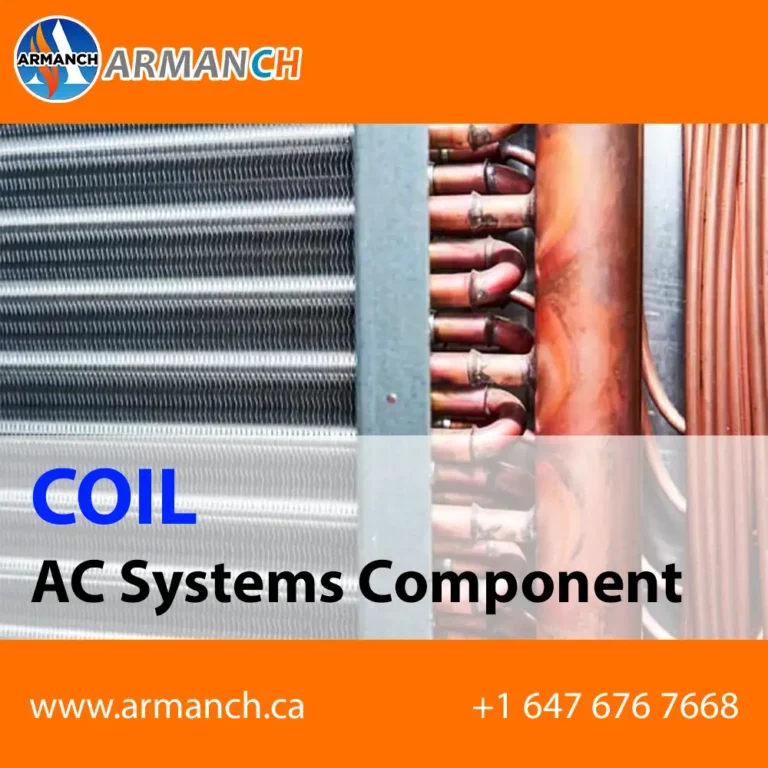
Thermostat
The thermostat is the component with which you will have the most interaction since it is considered the “heart” of the system. It regulates temperature, other system aspects, and the activation and deactivation of various system components.
Air return
Bringing fresh air into the building via a filter is what an air return does.

Exhaust outlets
Exhaust outlets are any places where heat is expelled from the house. Humidity control products Dehumidifiers and humidifiers are sometimes overlooked, but they are a crucial component of a whole-house HVAC-R system. They may reduce the strain on your heating and cooling systems, making you more pleasant and healthier while also enhancing the efficiency of your system.
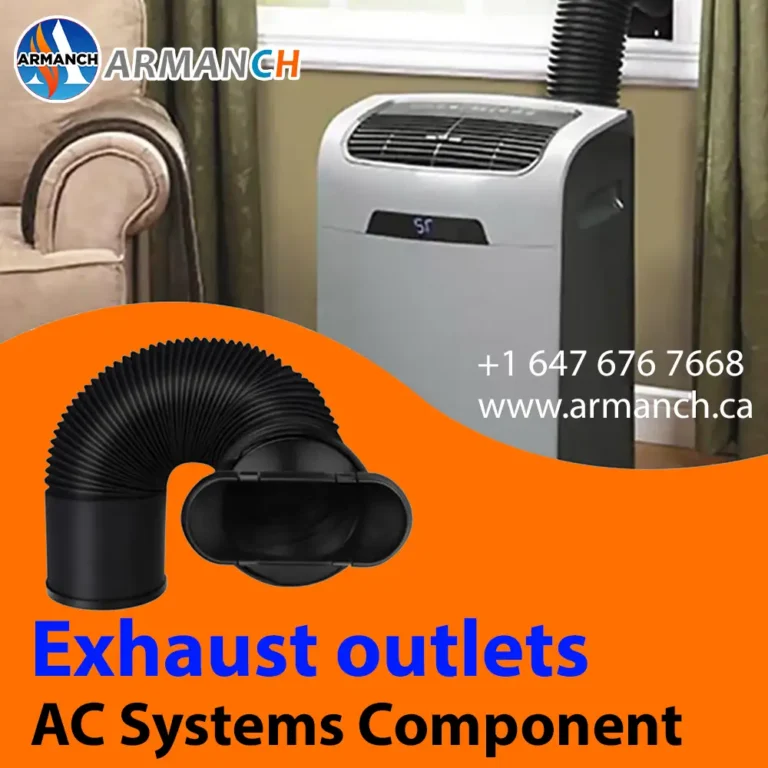
Furnaces
The HVAC-R system draws air through the ducts and drives it into the furnace to heat a building with a gas furnace. The combustion chamber warms the heat exchanger to the desired temperature while the stove operates. Air is forced through the heat exchanger, warmed, and then blasted back into the home by the motor via the ducts.
Outdoor unit
This is the component that first comes to mind when discussing an HVAC-R system. The fan that generates air flow is placed in the outside unit.
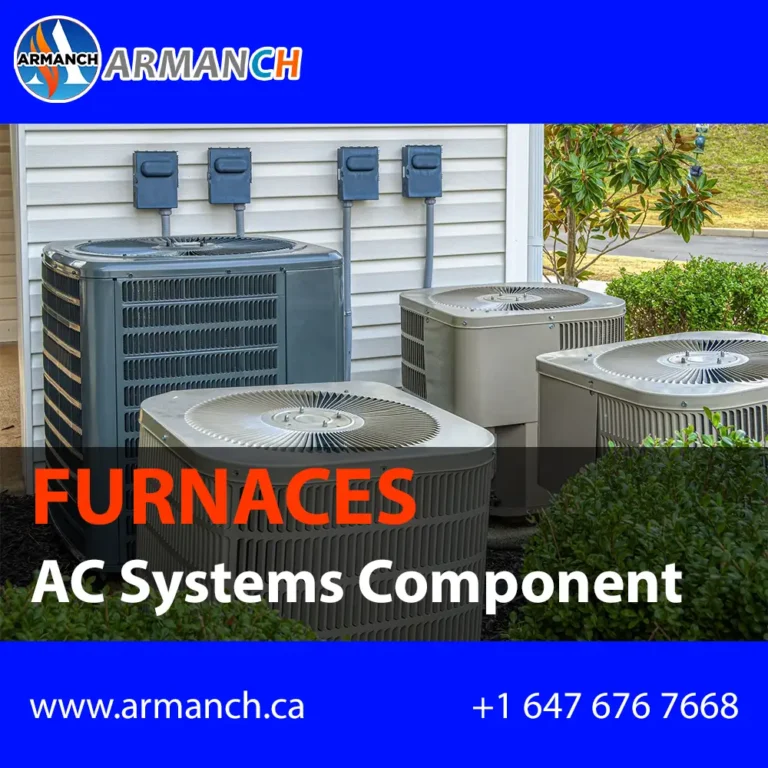
Electrical components
Each major element of HVAC-R equipment must be able to communicate with other pertinent components of the system. All of this is managed by the electrical circuitry and controllers in place.
Compressor
A fundamental component of an air conditioner or heat pump is the compressor. It is the component that is responsible for controlling the pressure of the refrigerant. The compressor needs periodic maintenance to prevent malfunctions since it operates often while the system is in operation.

Heating, Ventilation, Air Conditioning & refrigeration system functions
A typical HVAC-R system draws in air, cools or warms that air, and then blows it into an interior space. HVAC-R systems can enhance the air by pulling it through filters that remove dust, particulates, spores, germs, and viruses, in addition to circulating air and making it pleasant inside. Whole-house humidifiers and dehumidifiers have the ability to either add or remove humidity, therefore ensuring that the dew point remains at an appropriate level.
This may make your house seem cooler without the need for air conditioning. A normal thermostat or a smart (internet-connected) thermostat connects all of these parts. Based on the complexity of your control system, you could be able to configure your HVAC-R systems through an app to make minor adjustments that optimize the performance of each component.
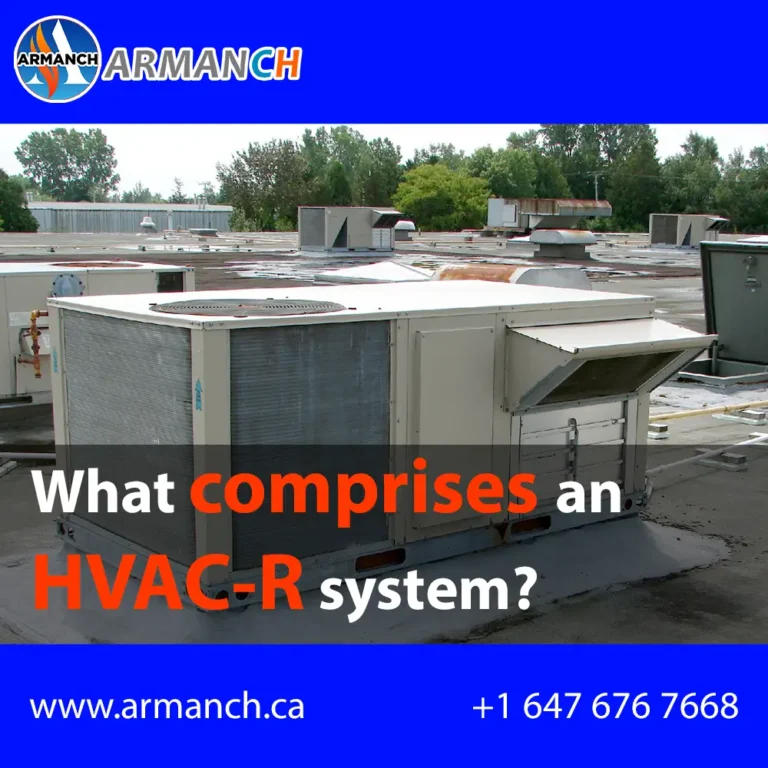
What comprises an HVAC-R system?
- An air conditioning unit
- A heating unit
- A duct that circulates the air that has been heated or cooled
In most cases, a furnace acts as the heating system. Additionally, HVAC-R systems include a cooling equipment, often an air conditioner.
A heat pump that can both chill and heat the air is cheaper in specific locations where it does not get cold enough for a furnace. Specific ventilation systems, humidifiers (or dehumidifiers), and air purifiers (which remove spores, bacteria, viruses, and other microscopic particles) may exist in some systems.
An HVAC-R technician can assist you in determining which of these extra components, if any, are appropriate for your requirements. When a temperature or other criterion reaches a certain level, it activates the relevant components. Some intelligent systems can notify you if an issue requires immediate attention and prompt, you to replace the filters at the appropriate intervals.
Heating, Ventilation, Air Conditioning & refrigeration system types
Each HVAC-R system differs based on the heating and cooling demands of a building, location, age, existing ductwork, and other considerations. You may choose one of the following options to fit your requirements best.
Split System
A split system, often called a forced-air system, consists of one inside and one outside unit. An air handler and a heat pump, a furnace and a heat pump, or a furnace and an air handler are all possibilities for this system. Your location will play a significant role in determining which configuration is most suitable for your house.
Packaged System
The typical components of a split system are included in a packaged system. All units, though, are located outdoors. Packaged systems are less noisy since all of the components are placed outside the house, and they have reduced installation costs because there is only one unit to set up.
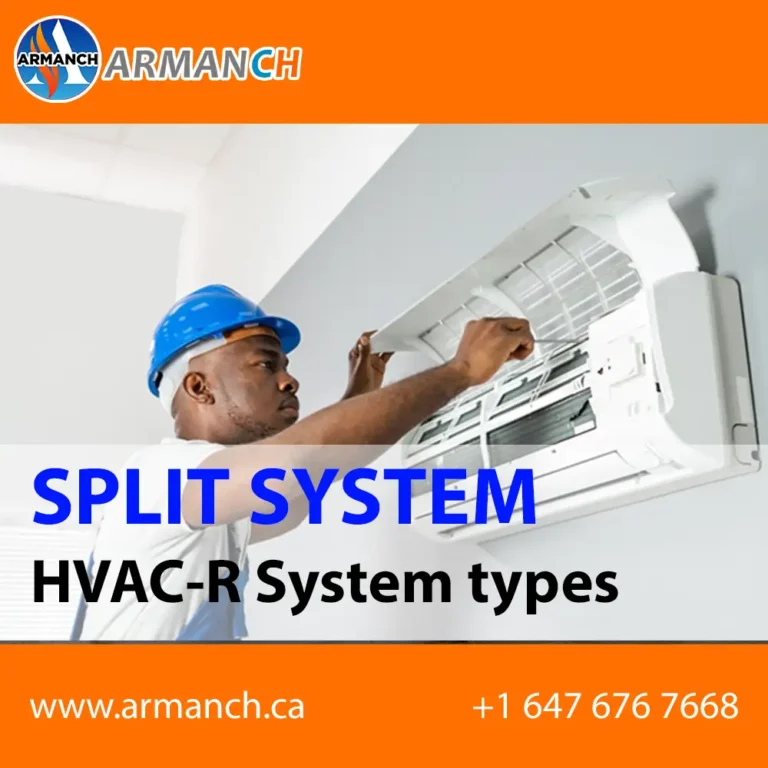
Ductless Mini-Split
A ductless mini-split system includes an outside unit with a compressor and condenser. Additionally, it contains a room-mounted air handler that pumps cooled air directly into the room. They are not suitable for whole-house usage. This sort of ductless system is ideal for compact rooms that do not need a conventional split system, such as garages and workshops.
Ducted Mini-Split
A ducted mini-split system moves air into a space from an exterior compressor and condenser through tubes rather than bigger ducts. This technique is appropriate for houses with limited space for traditional ducting. Comparatively to ductless mini-split systems, ducted mini-splits provide superior air movement.
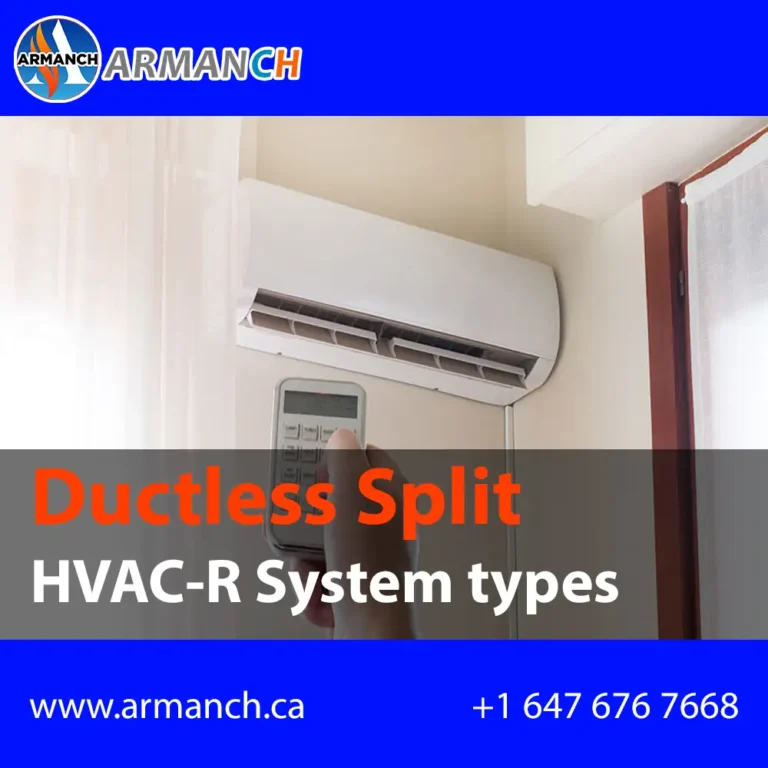
Hybrid Heat Pump
The central heating system in this configuration contains an electric heat pump that works in combination with a furnace. This hybrid system, also known as a dual-fuel system, is cost-effective since a heat pump is less costly than a furnace for heating a home. In warmer seasons, such as spring and autumn, the heat pump provides heating for the house. When temperatures are too frigid for a heat pump to function well, the furnace takes over.
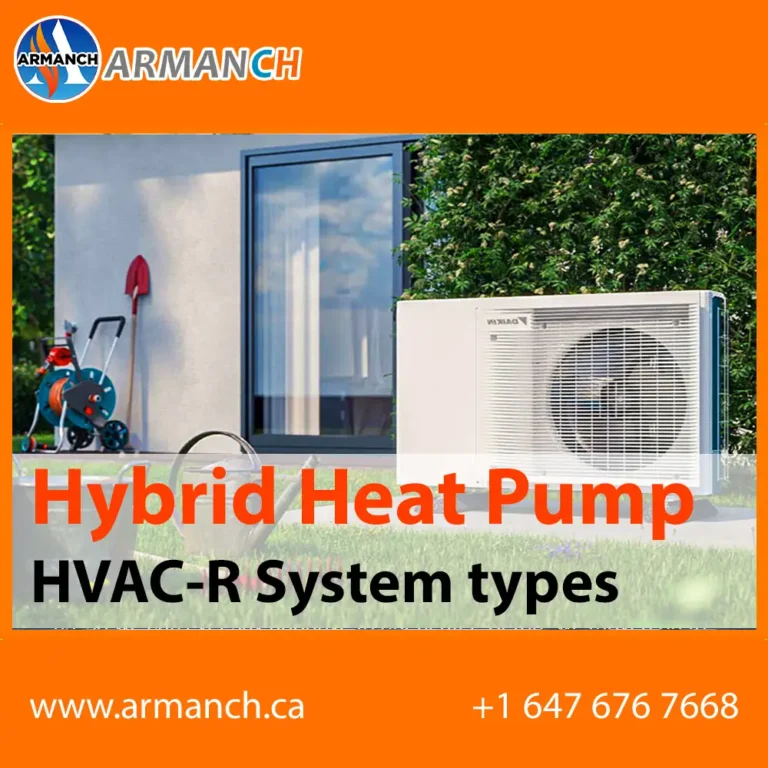
What makes HVAC-R and Air Conditioning different?
Frequently, HVAC-R and air conditioning are used synonymously, but they are not the same and refer to two distinct things. Air conditioners just serve to chill a building, in contrast to HVAC-R, which comprise of many components that collaborate with one another to control the temperature and ventilation in a building.
A furnace, smart thermostat, air cleaner, ductwork, and air conditioner are all components of an HVAC-R system, but a central air conditioner is nothing more than an air conditioner on a stand-alone basis. In other hand, HVAC-R systems may or may
not include an air conditioner, depending on the model and manufacturer.
- HVAC-R
- Design and Permit Services
- Hydronic & Hot Water Services
- Heating and Cooling Services
- Air Conditioning Services




